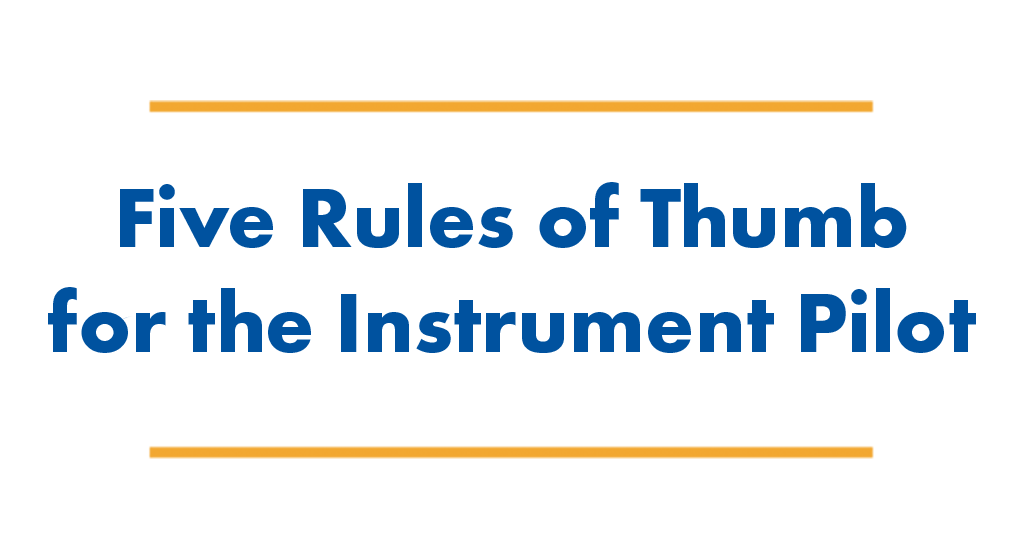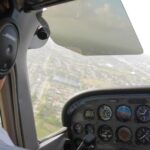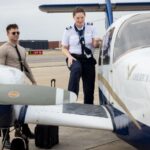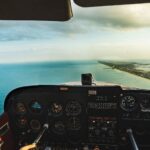When you think about instrument flying, you can think of hundreds of things that you need to remember when flying in the clouds. This article covers the five most basic rules of thumb for you to remember when flying on instruments.
5: Always use the six T’s
American Flyers developed the six T’s over 70 years ago. Turn, time, twist, throttle, talk, and track make up the six T’s. These can be used anytime during a flight when crossing a fix or making a turn. It is a mental checklist exercise to help you stay ahead of the airplane. Turn: do I need to make a turn? Time: do I need to time anything? Twist: do I need to twist my OBS? Throttle: do I need to make a throttle or speed adjustment? Talk: do I need to tell anyone what I am doing? Track: do I need to make any corrections to maintain my new course? Since then, thousands of recreational and professional pilots have used and modified this mental checklist. It was designed as a mental checklist primarily for the single pilot flying IFR.
4: Perpendicular course intercepts
When the need arises to intercept a course or radial, it is advisable, whenever possible, to conduct a perpendicular intercept. This means that you should turn to the cardinal heading that is closest to a 90° intercept. This is recommended because the goal should be to establish yourself on the new course or radial as soon as possible. A shallower intercept may result in an intercept too close to or past the fix.
3: Know your aircraft systems
All too often, we see pilots fly aircraft in IMC with avionics or systems that they are not familiar with. While this may work for them when all systems are functioning, it poses many safety-related issues when something goes wrong. A full and working knowledge of your systems is the only way to understand what remaining systems you can count on and whether your situation is urgent or a full-blown emergency. Failure to understand your systems also prevents you from being able to reset or troubleshoot any issues that may arise.
2: Always have paper charts with you
We use electronics in our everyday life and know that they break, lose power or drop connections at the worst possible time. Yet so many pilots are so confident in their tablets for digital charts without any consideration as to what may happen if the tablet shuts down. A Low Altitude Enroute chart costs about $6.00. That is a cheap enough price to pay for peace of mind when flying IFR. You should never find yourself in the clouds without a paper chart backup. Remember, Mr. Murphy loves flying IFR as much as you do.
1: Where is the nearest VFR
This has to be the easiest question that very few people ask. When briefing for an IFR flight, find out where the nearest VFR is just in case you need an out. Yes, there are some days when there are no VFR areas around. But most of the time, you should be able to find VFR conditions somewhere around your aircraft. The first time your avionics go out or you have an emergency; you will be very happy that you asked and answered this question.










